Swirling seas
© US Geological Survey/Norman Kuring/Kathryn Hansen/NASA
From electron microscopes to high-definition satellite photography, technology has opened our eyes to once-impossible perspectives on nature. So, is what we're seeing really big or really tiny?A bit of both, actually: In this aerial image snapped by Landsat 8 of the colossal Chukchi Sea off northern Alaska, the watery whorls show the mingling of two different water sources: the Alaskan coast and the larger Bering Sea. The photo's forest-green blotches are full of microscopic diatoms fueled by frigid yet food-rich Bering currents. The intercutting wisps of icy turquoise are the calcified carapaces of coccolithophores—plankton that can thrive in warmer, nutrient-poor coastal waters.
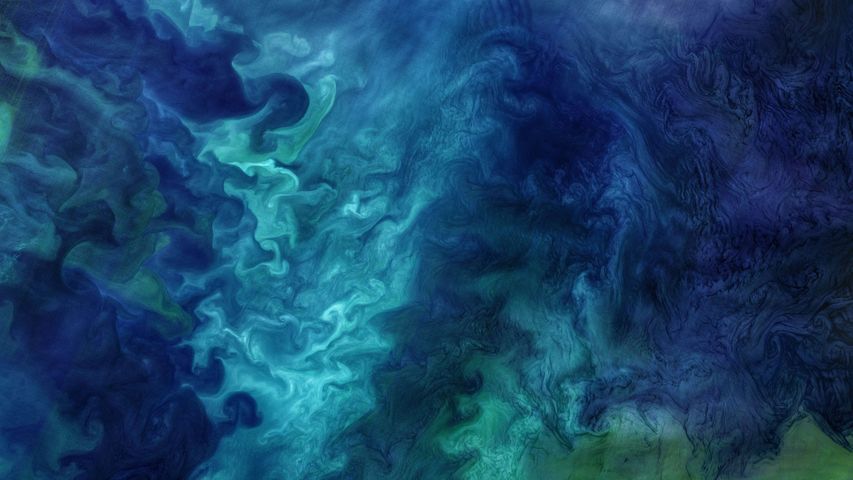
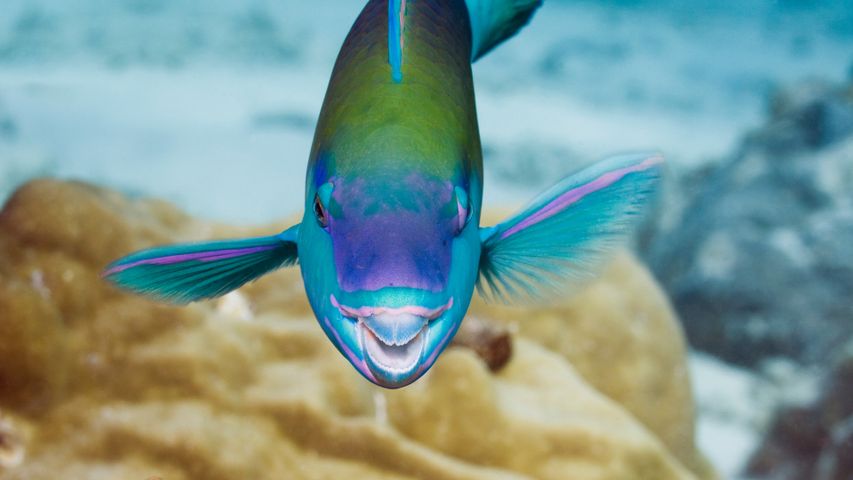 A colorful coral cleaner
A colorful coral cleaner
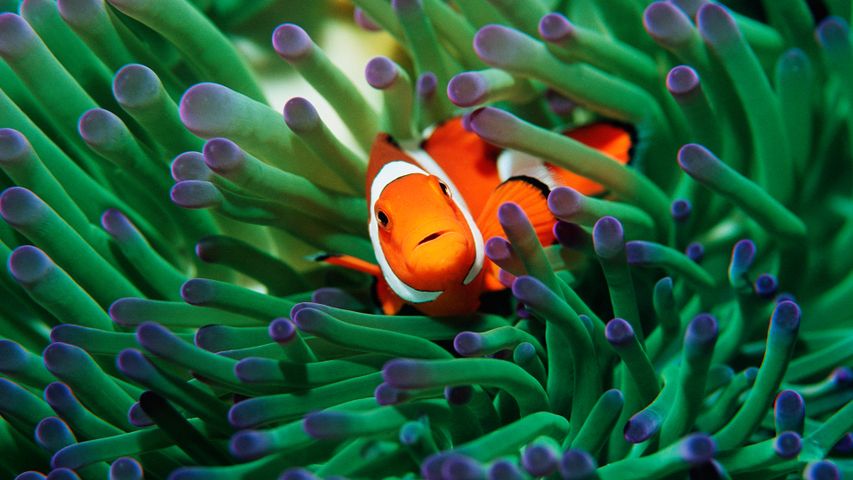 Found you!
Found you!
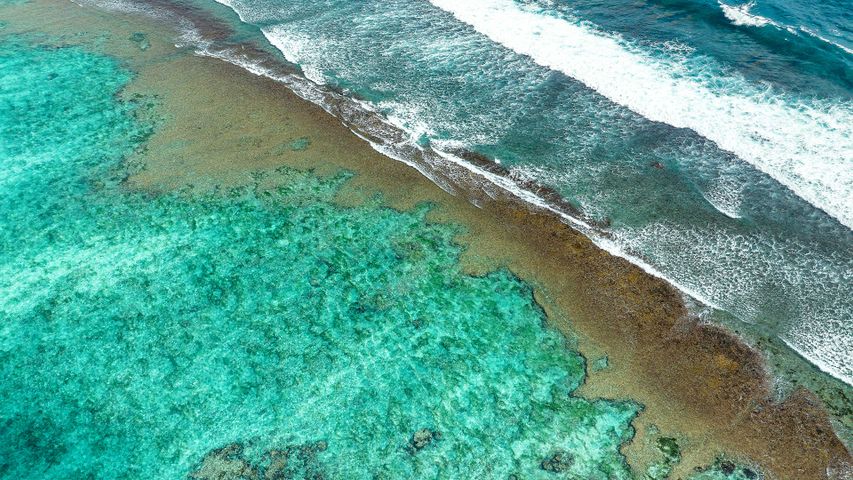 Coral shores
Coral shores
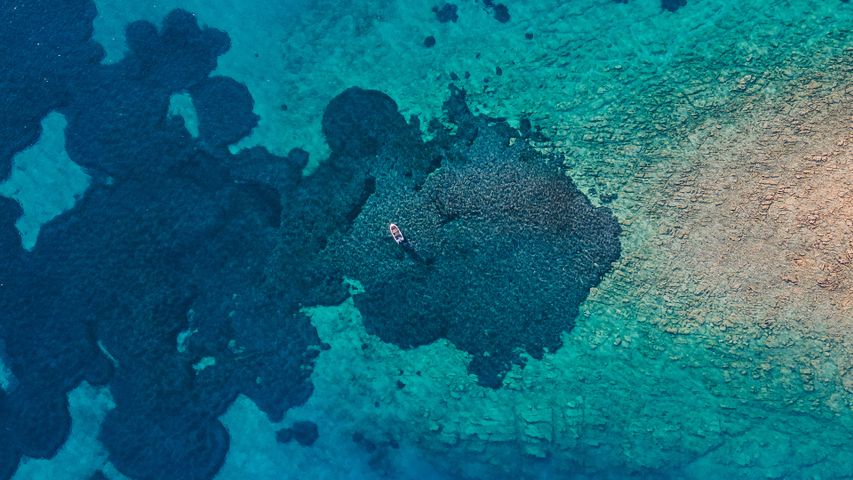 Flight or float
Flight or float
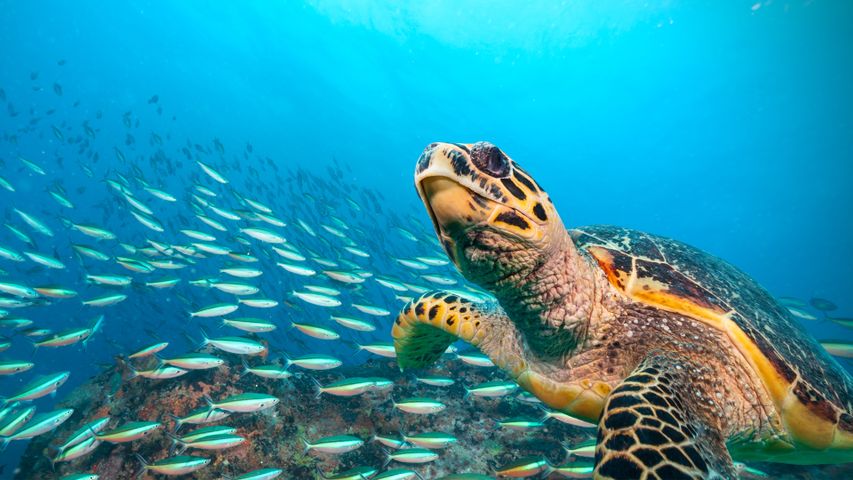 A hawksbill says hi
A hawksbill says hi
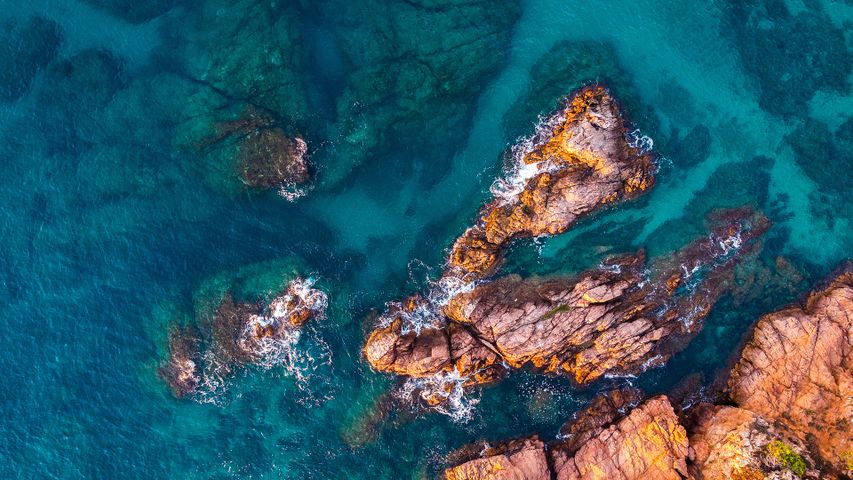 Cinematic coast
Cinematic coast
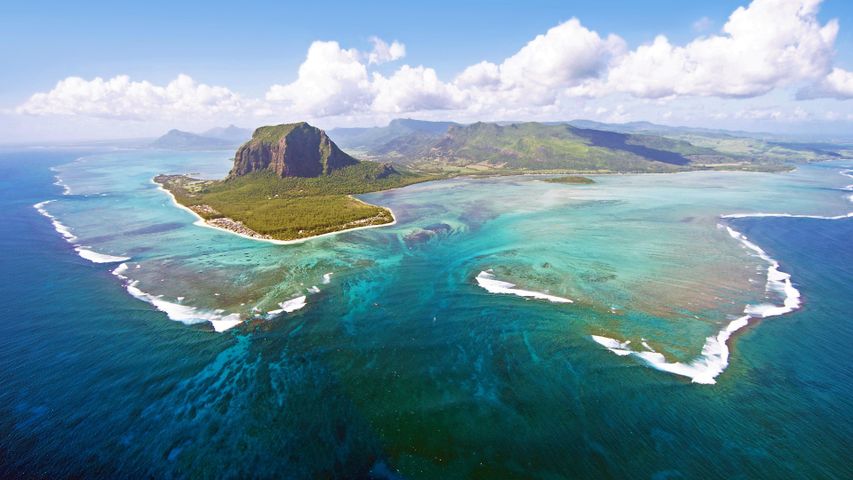 This way to freedom
This way to freedom
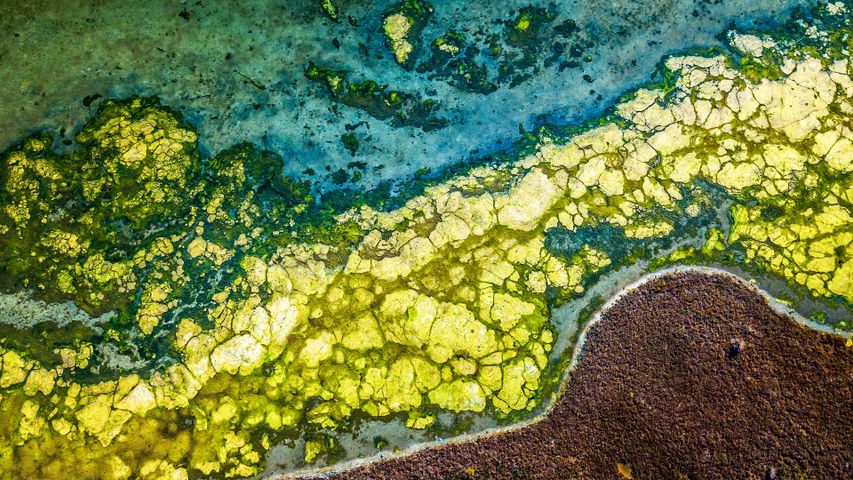 A brackish bloom
A brackish bloom